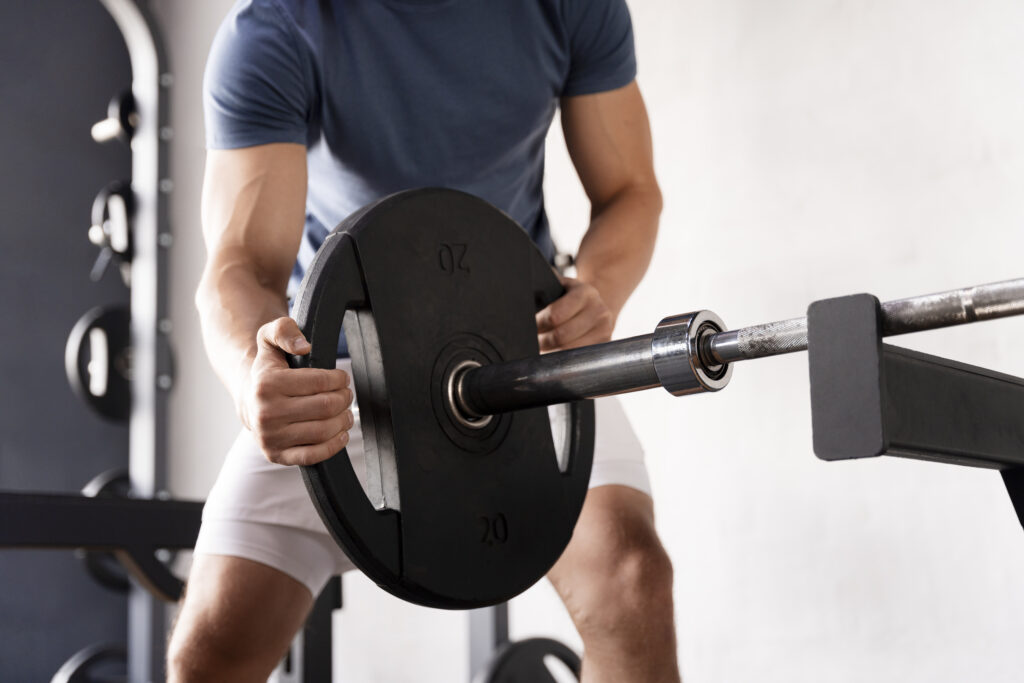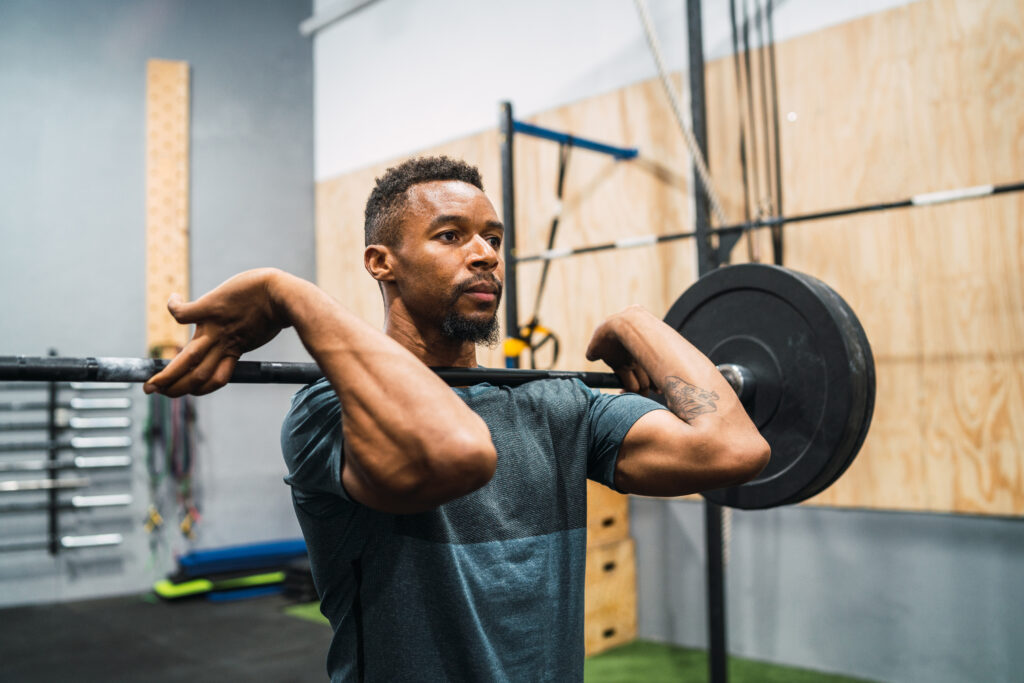When it comes to designing an effective strength training program, exercise selection is one of the most critical decisions a coach or lifter can make. The right balance of compound and accessory movements can determine how quickly strength gains occur and how much progress carries over to key lifts like the squat, bench press, and deadlift. Scientific research supports the idea that specificity and thoughtful programming lead to greater strength outcomes.
Why Compound Movements Form the Foundation
Compound exercises, which recruit multiple muscle groups and joints, are the cornerstone of strength training. The squat, bench press, and deadlift not only serve as competition lifts in powerlifting but also provide unmatched benefits in building total-body strength. These lifts demand large amounts of muscle recruitment, coordination, and force production, making them indispensable for anyone looking to maximize strength. Research shows that multi-joint exercises elicit higher hormonal and neuromuscular responses compared to isolation movements, supporting their role as primary strength builders (Schoenfeld, 2010).
The Principle of Specificity
The principle of specificity states that to improve a particular skill or movement, training must closely mimic that movement. For strength athletes, this means regularly practicing the exact lifts they want to improve. Studies confirm that strength gains are highly specific to the movement pattern trained. For example, bench pressing improves bench press performance more than it improves overhead press performance (Behm & Sale, 1993). While general strength adaptations occur across exercises, specificity ensures that the neural adaptations needed for maximal strength are targeted directly.
Role of Accessory Lifts
While compound lifts build the foundation, accessory exercises are essential for addressing weaknesses and preventing muscular imbalances. Movements like Romanian deadlifts, pause squats, and close-grip bench presses target specific muscle groups or sticking points within a lift. These exercises enhance hypertrophy in supporting muscles and improve technical efficiency. For example, pause squats increase strength out of the hole, while Romanian deadlifts develop posterior chain strength that directly benefits conventional and sumo deadlifts. EMG studies support the idea that certain variations produce higher activation in target muscles, making them valuable for reinforcing specific portions of a lift (Andersen et al., 2006).

Balancing Specificity and Variation
The most effective strength programs balance specificity with variation. Too much emphasis on only the main lifts can lead to overuse injuries and plateaus, while too much variation can dilute training adaptations. Undulating between highly specific lifts and carefully chosen accessory exercises allows lifters to continue progressing while reducing injury risk. For instance, alternating between competition-style deadlifts and deficit pulls can build both pulling strength and lockout power. Research highlights that strategic variation not only reduces monotony but also improves long-term adherence and adaptation (Issurin, 2008).
Progression in Exercise Selection
Exercise selection should evolve as a lifter becomes more advanced. Beginners benefit most from focusing heavily on compound lifts, building general strength and motor patterns. Intermediate lifters may need more targeted accessory work to overcome sticking points, while advanced lifters require precise exercise choices to peak for competition. For example, an advanced lifter may use board presses during a peaking phase to strengthen the lockout portion of the bench press, while a novice may gain more from simply pressing more frequently.
Practical Takeaways for Program Design
- Prioritize compound lifts as the foundation of your program.
- Apply the principle of specificity by training the exact lifts you want to improve.
- Use accessory exercises strategically to address weaknesses and build muscle in supporting areas.
- Balance specificity with variation to avoid plateaus and injuries.
- Adjust exercise selection as training age and goals evolve.
Conclusion
Strength training is more than just lifting heavy weights—it is about designing programs with precision. Exercise selection and specificity ensure that training translates to performance in the lifts that matter most. By combining compound lifts, targeted accessory work, and progressive variation, lifters can maximize their strength potential while minimizing the risk of stagnation and injury.
Jefit: The Best App for Building Strength, Power, and Muscle in 2025
If you’re serious about building muscle, increasing strength, and developing explosive power, the Jefit strength training app is your ultimate training companion. With over 20 million downloads and 12+ million active users, Jefit is one of the world’s most trusted workout tracking apps. Named the Best Fitness App of 2024 and featured in Men’s Health, PC Magazine, and USA TODAY, Jefit offers expertly designed workout programs, detailed gym performance tracking, and a supportive fitness community to keep you motivated. Whether you want to follow a scientifically proven power training plan, track your progress in real time, or optimize training intensity for faster results, Jefit gives you all the tools you need — in one powerful app. Download Jefit today on iOS and Android to start building strength and power with precision.
References
- Andersen, V., Fimland, M. S., Mo, D. A., Iversen, V. M., Vederhus, T., & Saeterbakken, A. H. (2006). Electromyographic comparison of barbell deadlift, hex bar deadlift, and Romanian deadlift. Journal of Strength and Conditioning Research.
- Behm, D. G., & Sale, D. G. (1993). Intended rather than actual movement velocity determines velocity-specific training response. Journal of Applied Physiology, 74(1), 359-368.
- Issurin, V. (2008). Block periodization versus traditional training theory: A review. Journal of Sports Medicine and Physical Fitness, 48(1), 65-75.
- Schoenfeld, B. J. (2010). The mechanisms of muscle hypertrophy and their application to resistance training. Journal of Strength and Conditioning Research, 24(10), 2857–2872.
- Nutrition Trends Bodybuilders are Talking About in 2025 - November 26, 2025
- Smart Strength Training Backed by Jefit Data - November 19, 2025
- Break Through Strength Plateaus: JEFIT Guide - November 12, 2025
